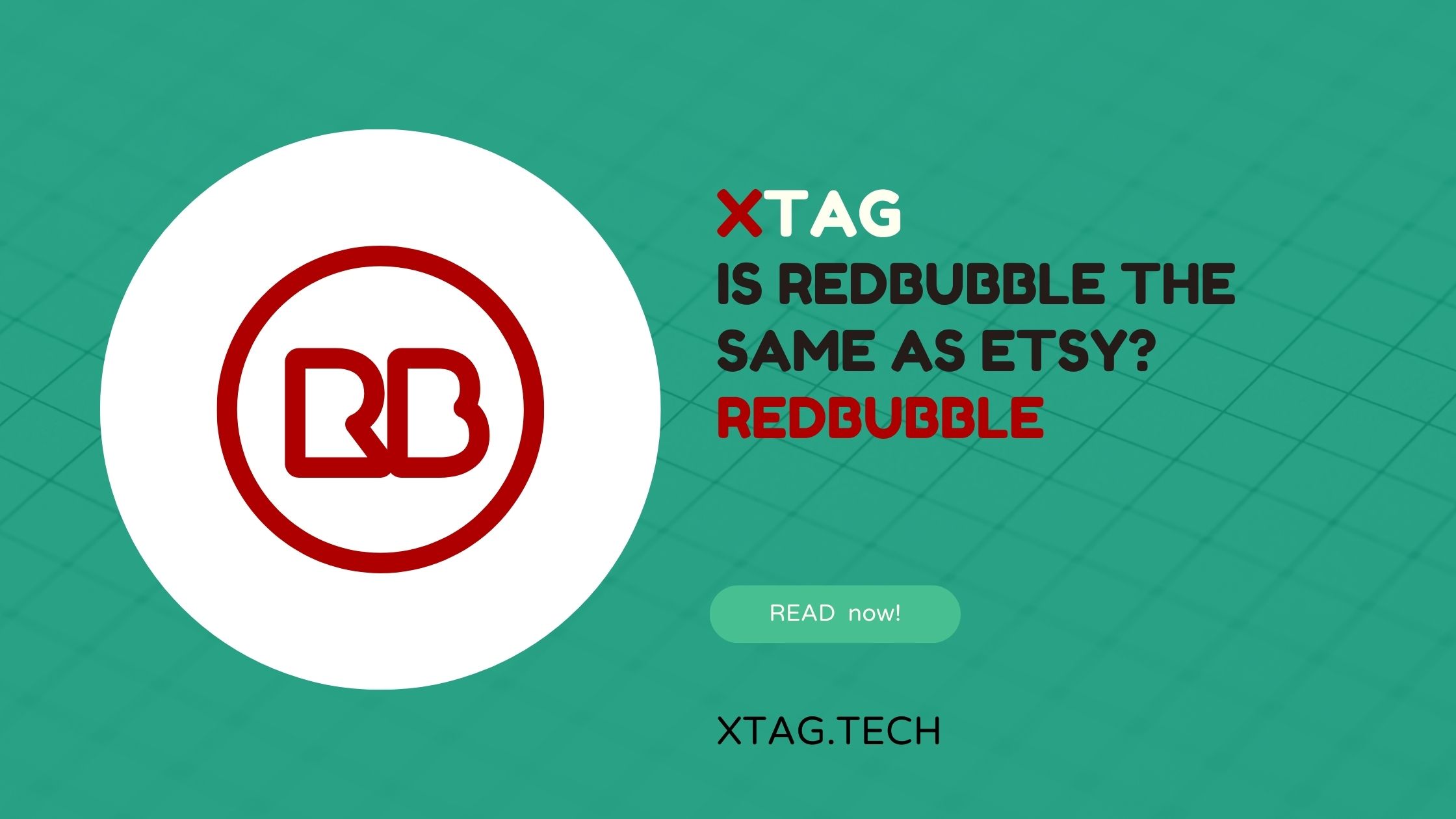In an era dominated by online marketplaces, where creativity meets commerce, Redbubble and Etsy have become household names, sparking curiosity and drawing countless artists and buyers into their vibrant realms. Both platforms are celebrated for connecting creators with consumers, albeit in unique ways. The burning question that often arises among those navigating the world of online selling and buying is whether Redbubble is akin to Etsy, or if they are distinct entities catering to different niches.
In this exploration, we venture into the realms of Redbubble and Etsy, dissecting their foundations, business models, product offerings, and overall approach to understand the nuances that set them apart. By the end of this journey, we aim to provide clarity and answer the much-debated question: Is Redbubble the same as Etsy?
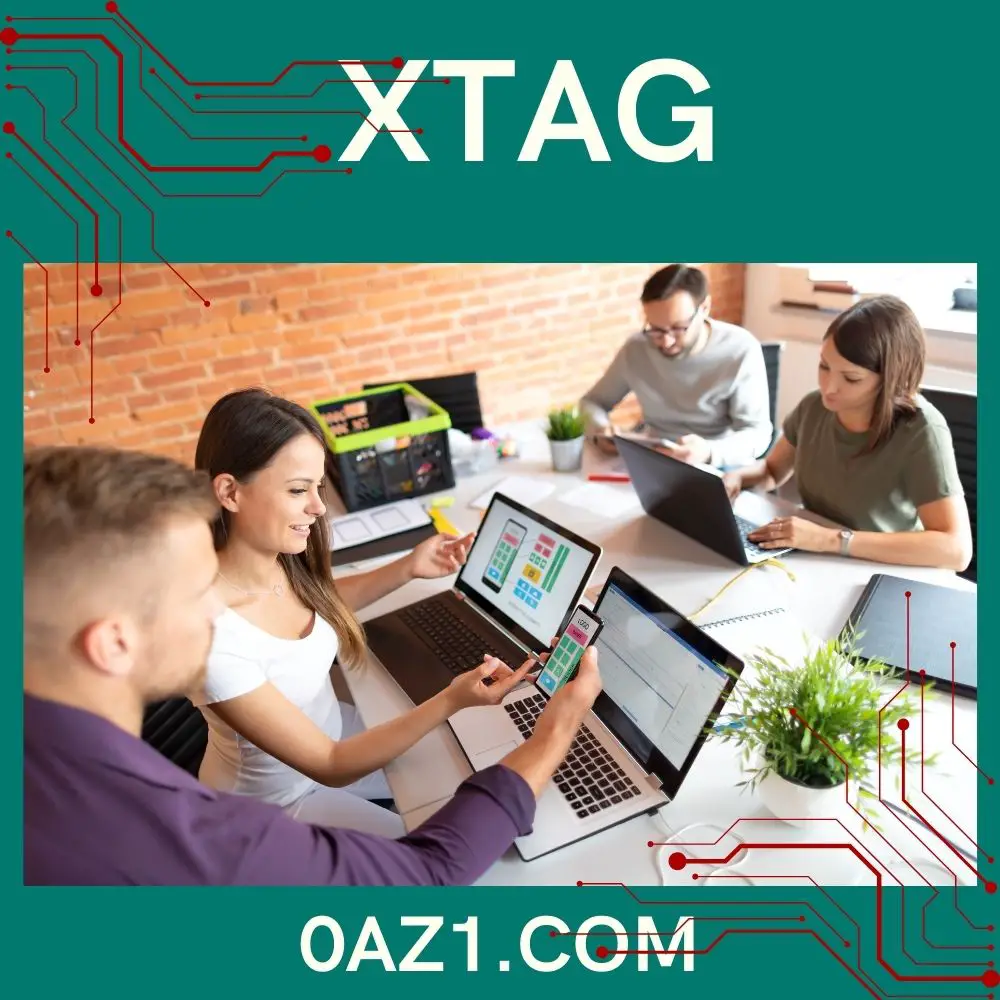
Let’s unravel the intricacies of these platforms, celebrating their individuality and understanding what makes them stand out in the ever-evolving landscape of e-commerce and creative entrepreneurship. Are they kindred spirits or unique entities? Let’s find out.
Understanding Redbubble
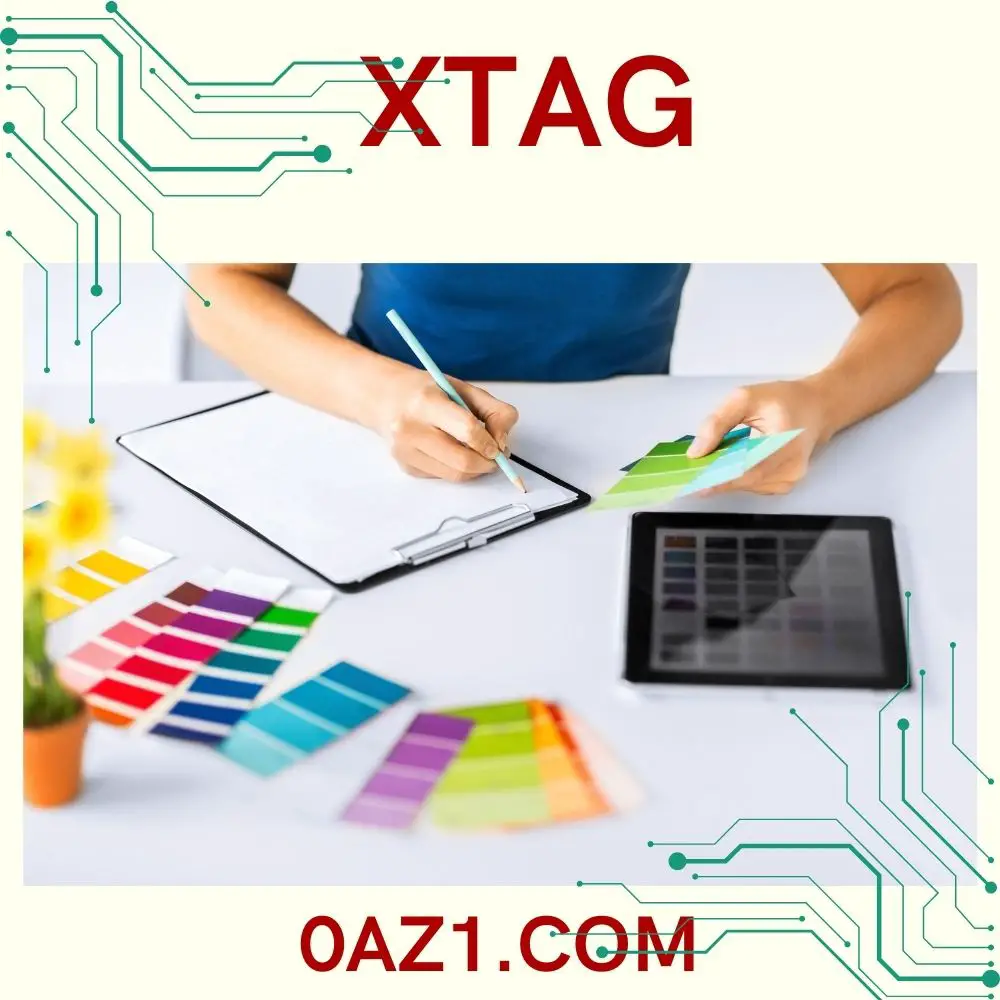
To comprehend whether Redbubble and Etsy are two peas in a pod or distinct marketplaces, we first need to delve into the DNA of Redbubble. Redbubble is a dynamic online marketplace that originated in 2006, with its roots firmly planted in Melbourne, Australia. It was born with a vision to create a platform that allows artists, designers, and creators from around the globe to showcase their artwork on a myriad of products, ranging from clothing to home decor.
A Glimpse into Redbubble’s Inception and Growth

Redbubble’s journey began with a handful of individuals who shared a common passion for art and creativity. The founders envisioned a space where artists could easily upload their designs and potentially turn their passion into a source of income. Over the years, Redbubble has witnessed substantial growth, attracting a vast and diverse community of artists and customers.
Exploring Redbubble’s Business Model and Unique Features
Redbubble operates on a print-on-demand business model, allowing artists to upload their designs, which can then be printed on various products when a customer places an order. This model significantly reduces the need for inventory and minimizes risk, making it an attractive platform for artists. One of Redbubble’s unique features is the ability for artists to set their prices and profit margins, giving them control over their earnings. Moreover, the platform provides a user-friendly interface, aiding artists in managing and promoting their artwork.
As we continue, we will draw parallels and distinctions between Redbubble and Etsy, illuminating the characteristics that define each platform and contribute to the diverse online marketplace landscape.
Understanding Etsy
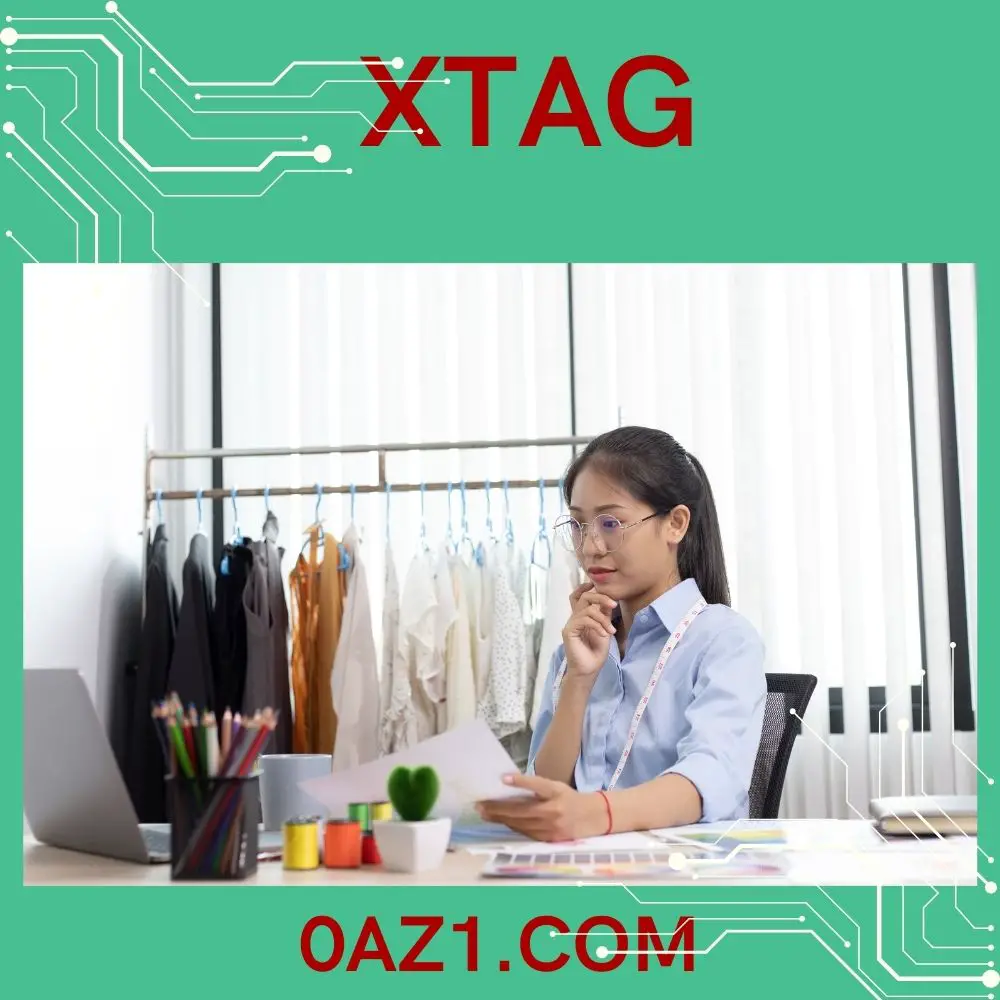
In the realm of online marketplaces, Etsy stands as a pioneering platform that has revolutionized the way we perceive handmade and vintage items. Established in 2005, Etsy was founded on the principles of fostering a community where artists, crafters, and vintage sellers could come together to showcase their unique creations.
An Overview of Etsy and Its Journey
Etsy was conceived in Brooklyn, New York, at a time when the digital landscape was rapidly evolving. The platform aimed to provide a space for artisans to connect with a global audience seeking handmade, vintage, and craft-related items. What began as a humble startup gradually transformed into a global phenomenon, attracting both sellers and buyers who appreciate the charm and authenticity of handcrafted goods.
Examining Etsy’s Business Model and Distinctive Characteristics
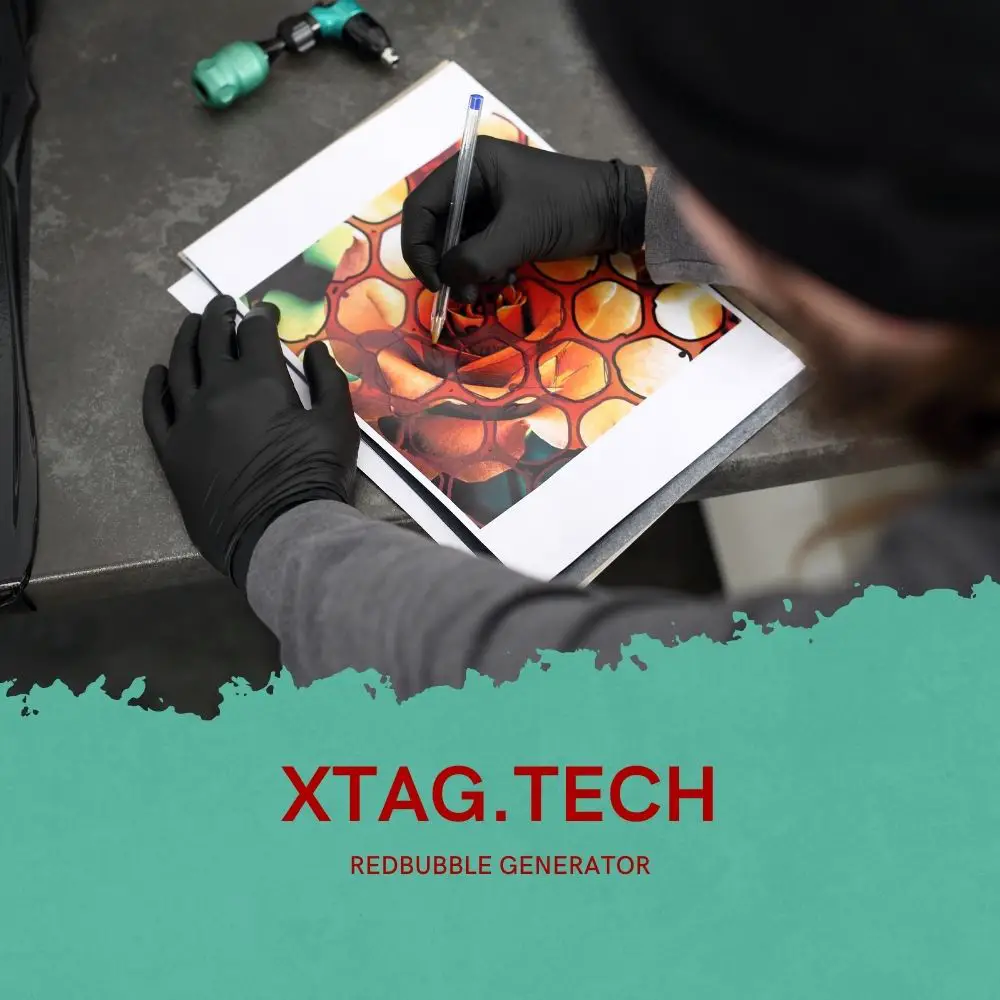
Etsy operates on a business model that focuses on handmade, vintage, and unique factory-manufactured items. Sellers, often artisans and crafters, can set up their own online shops within the Etsy platform and list their products. The emphasis is on craftsmanship, individuality, and the personal story behind each creation.One of Etsy’s distinctive features is the community-driven aspect, fostering interactions between buyers and sellers. The platform encourages artisans to share their creative process, which in turn enhances the overall shopping experience.
As we unfold the intricacies of Etsy and its approach to e-commerce, we will draw comparisons with Redbubble, discerning the elements that differentiate each platform and contribute to the diversity of the online marketplace landscape.
Comparing Business Models
To truly comprehend the distinctions between Redbubble and Etsy, a comparative analysis of their business models is indispensable. Both platforms, although part of the e-commerce sphere, operate with unique approaches that cater to different types of sellers and products.
Delving into Redbubble’s Business Model
Redbubble thrives on a print-on-demand model. Artists and creators can upload their designs to the platform, which are then made available on a wide array of products such as clothing, accessories, home decor, and more. When a customer places an order, the product is created, printed, and shipped directly from one of Redbubble’s fulfillment centers. This model alleviates the need for artists to manage inventory or handle production, allowing them to focus primarily on creating and promoting their designs. Moreover, artists can set their prices, determining the amount they earn from each sale.
Analyzing Etsy’s Business Model
Etsy, on the other hand, operates as a peer-to-peer e-commerce website focused on handmade, vintage, and craft supply items. Sellers, often individual artisans or small business owners, can create their shops on Etsy and list their products. These products span various categories such as jewelry, clothing, home decor, and art. Etsy’s business model emphasizes connecting buyers with unique, often handmade, products. Sellers manage their inventory, craft their items, and handle the shipping process. The platform charges sellers for listing their items and takes a commission on each sale.
In the subsequent sections, we will further explore the product offerings and categories on both platforms, shedding light on the essence of their uniqueness and the appeal they hold for artists and consumers. Through this comparison, we aim to unravel the question: Is Redbubble truly the same as Etsy? Let’s delve deeper.
Product Offerings and Categories

To truly appreciate the differences between Redbubble and Etsy, it’s essential to examine the product offerings and categories that define these platforms. Each platform has its distinct range of products, attracting a diverse set of artists and buyers.
Exploring Redbubble’s Diverse Product Range
Redbubble is celebrated for its extensive product range, embracing a plethora of categories. Artists can have their designs printed on items such as apparel (t-shirts, hoodies, etc.), accessories (phone cases, stickers, etc.), home decor (posters, canvas prints, etc.), stationery (notebooks, greeting cards, etc.), and more. The versatility of Redbubble’s offerings allows artists to showcase their creativity across various domains.
Unveiling Etsy’s Unique Product Mix
Etsy, on the other hand, is renowned for its focus on handmade, vintage, and craft supply items. The platform hosts a wide array of product categories, including jewelry, clothing and shoes, home and living, wedding and party, art and collectibles, and craft supplies. Each product on Etsy exudes a sense of craftsmanship and individuality, often telling a story of its own. In essence, Redbubble offers a broad spectrum of products adorned with unique designs, making it an attractive choice for artists seeking to showcase their art on a diverse range of items. On the contrary, Etsy is synonymous with handmade and vintage charm, attracting both artisans and buyers who appreciate the authenticity and personal touch associated with each product.
Target Audience and Market Reach
Understanding the target audience and the extent of market reach for both Redbubble and Etsy is vital in discerning their differences and unique appeal. Each platform resonates with a specific set of buyers, amplifying the diversity in the online marketplace.
Exploring Redbubble’s Target Audience and Reach
Redbubble’s target audience primarily comprises individuals seeking unique, artistic, and often quirky products. Artists, designers, and buyers looking for a vast selection of designs across various product categories are drawn to Redbubble. The platform’s international reach extends its allure to a global audience, allowing artists to showcase their creations to buyers from diverse cultural backgrounds.
Unveiling Etsy’s Target Audience and Reach
Etsy, known for its emphasis on handmade and vintage items, caters to a demographic that appreciates craftsmanship, authenticity, and the story behind each product. The target audience includes individuals seeking personalized and artisanal creations. The platform’s reach is extensive, attracting buyers who value the uniqueness of handmade and vintage items.
In essence, Redbubble’s reach is amplified by its diverse product offerings, appealing to a broad spectrum of buyers looking for creative designs on various items. Conversely, Etsy’s reach is propelled by its focus on artisanal and vintage items, attracting buyers with a penchant for the distinctiveness and craftsmanship associated with handmade products.
Quality and Artisanal Aspect
One of the fundamental elements that set Redbubble and Etsy apart is the approach to quality and the artisanal aspect associated with their products. The essence of craftsmanship and uniqueness is deeply embedded in their business models, influencing the perception and appeal of each platform.
The Quality Assurance and Artisanal Approach of Redbubble
Redbubble places a strong emphasis on the quality of its products. While it is a platform that utilizes a print-on-demand model, it ensures that the printing, materials, and overall production meet high standards. The focus is on delivering a quality product that mirrors the artist’s original design with precision and accuracy. However, it’s important to note that the artisanal aspect, where each product is handcrafted or has a direct connection to the artist, is not as pronounced on Redbubble. The platform’s strength lies in its vast array of designs and the ability to replicate these designs across a multitude of products.
The Emphasis on Quality and Handmade Uniqueness on Etsy
In contrast, Etsy thrives on the artisanal and handmade uniqueness of its products. Each item available on Etsy is a testament to the artist’s craft and creativity. The platform values the human touch in the creation process, making each item special and distinct. Buyers on Etsy often seek products that come with a personal story and a direct connection to the artisan who crafted it. Etsy’s stringent policies ensure that products listed as handmade are indeed created by the seller. This commitment to handmade and vintage authenticity forms the backbone of the platform’s ethos.
Seller Experience and Community
The seller experience and the sense of community within a platform play pivotal roles in shaping the overall ambiance and success of any online marketplace. Redbubble and Etsy, while both providing a platform for creators to showcase their work, differ in their approach to supporting sellers and fostering a sense of belonging.
Sharing the Seller’s Experience on Redbubble
Redbubble offers a streamlined and user-friendly interface for sellers. The platform’s dashboard provides a plethora of tools and analytics to help artists manage their products, analyze performance, and make informed decisions. The process of uploading designs and listing products is intuitive, allowing artists to focus more on their creativity. While the sense of community is present, Redbubble often feels more like an expansive marketplace, and the focus is largely on individual creativity. Sellers can gain exposure and reach a global audience, but the depth of personal connection can sometimes take a back seat.
Sharing the Seller’s Experience on Etsy
Etsy, on the other hand, has a strong emphasis on community and a sense of belonging. Sellers often describe it as a tight-knit and supportive community, where artisans and creators can interact, share experiences, and offer insights to one another. The platform encourages sellers to tell their unique stories, allowing buyers to connect with the creators on a personal level. The seller experience on Etsy involves active engagement with the community, workshops, and resources that aid in growing their businesses. The focus is not only on sales but on the growth and success of each seller as an individual entrepreneur.
Reviews and Reputation
The perception and reputation of a platform are often reflected in the reviews and feedback left by both buyers and sellers. Analyzing these aspects is crucial in understanding how each platform is viewed by its users and the overall satisfaction they derive from their experience.
Analyzing Customer Reviews and Reputation of Redbubble
Redbubble enjoys a generally positive reputation, with customers appreciating the vast selection of designs and products available. The quality of the products, especially the print-on-demand items, is often praised. However, like any platform, Redbubble does face occasional criticisms, mostly related to shipping times and occasional discrepancies in print quality.
Redbubble actively addresses customer concerns and strives to provide solutions, maintaining a good rapport with its user base. The platform’s dedication to addressing issues and continuously improving its services contributes to its positive reputation.
Analyzing Customer Reviews and Reputation of Etsy
Etsy, being a platform deeply rooted in personal connections and craftsmanship, garners widespread acclaim from buyers. Customers appreciate the handmade and vintage aspect of the products, valuing the individuality and uniqueness each item offers. The platform’s commitment to authenticity and supporting small artisans is applauded.
However, Etsy is not without its challenges. Some customers have expressed concerns regarding shipping times, communication with sellers, and occasionally, the quality of handmade items. Despite these challenges, Etsy maintains a strong reputation due to its unwavering focus on handmade, vintage, and personalized shopping experiences.
Conclusion
In our exploration of Redbubble and Etsy, we have unraveled the diverse and distinctive aspects that set these platforms apart. While both platforms provide a stage for creators and artists to showcase their work, they do so in markedly different ways. Redbubble, with its print-on-demand model, offers a vast range of designs on numerous products, catering to a global audience. The platform places a strong emphasis on quality and allows artists to set their prices, giving them control over their earnings. Redbubble operates on a model that maximizes the artist’s focus on creativity, letting the platform handle production and shipping logistics.
On the other hand, Etsy thrives on the authenticity and individuality of handmade, vintage, and craft supply items. It fosters a sense of community and personal connections between sellers and buyers. Etsy provides a space where artisans can tell their stories and share the creative process, enhancing the value of each product. In essence, Redbubble is a canvas for a plethora of designs, a marketplace where creativity knows no bounds. Meanwhile, Etsy is an ode to craftsmanship and a celebration of the artisans who pour their heart and soul into their creations.
So, is Redbubble the same as Etsy? The answer is a resounding no. They may both be players in the vast landscape of e-commerce, but their identities, approaches, and appeals are distinctly unique.
In the following FAQs, we address some common questions to further illuminate the differences and similarities between Redbubble and Etsy. Let’s delve into them.
FAQs (Frequently Asked Questions)
- Can I find handmade products on Redbubble?
- No, Redbubble primarily focuses on print-on-demand products featuring a vast range of designs, but they are not handmade.
- Which platform offers more product variety?
- Redbubble offers a broader range of products due to its print-on-demand model and the ability to replicate designs across various items.
- Is Etsy only for vintage items?
- No, Etsy features handmade, vintage, and craft supply items, providing a diverse range of products beyond just vintage goods.
- Can artists set their prices on Etsy like they can on Redbubble?
- Yes, artists on Etsy have control over setting their prices within the guidelines of the platform.
- Is the community aspect more pronounced on Etsy or Redbubble?
- The community aspect is more pronounced on Etsy due to its emphasis on personal connections, stories, and a sense of belonging among artisans and buyers.
